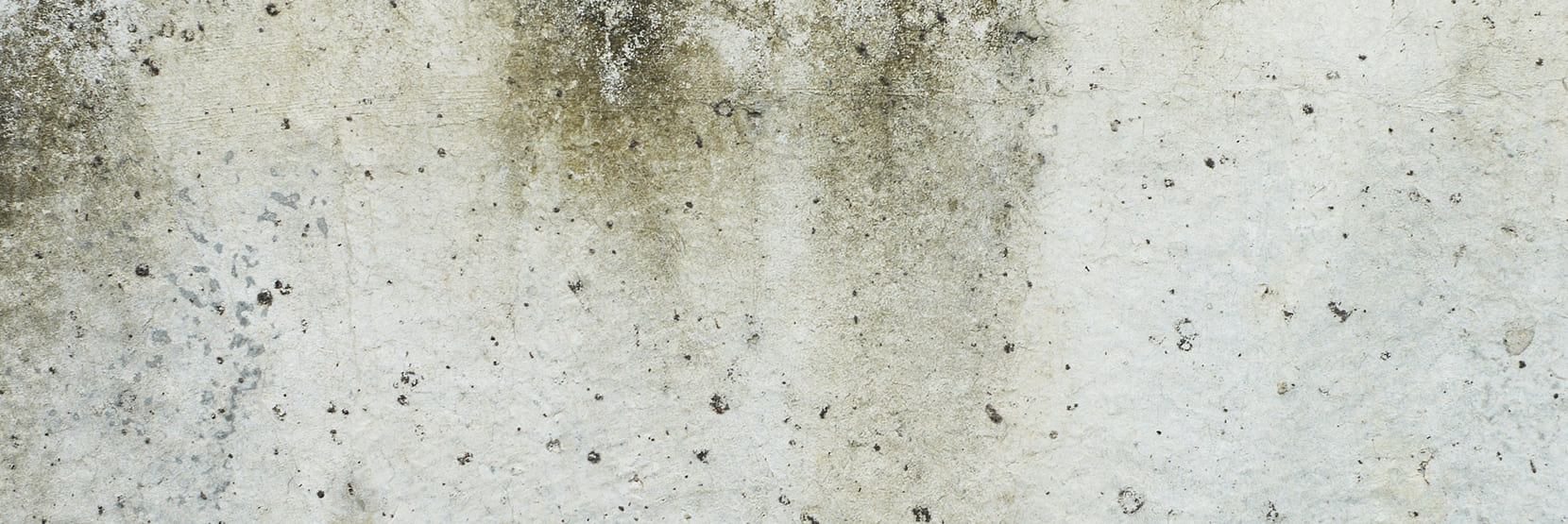

How can you recognize damp in the house?
In every house where people live, there is humidity in the house. Even in your house- people cook and shower, we breathe and sweat. These are all causes that allow humidity to enter the house. That in itself is not bad, but it is important that the humidity can go out again. This can be done, for example, by ventilating. In addition to these everyday causes, there are also causes that are much worse- for example of penetrating damp and rising damp. In most cases, you don’t even notice this. However, this can cause the humidity to exceed 60%. When this happens, it can directly affect the health and condition of the home. But how can you find out whether the house is too humid? We would like to give you some tips about the signs to recognize high humidity levels in the house.
Condensation on the windows
Are the windows of the house regularly fogged? This is a clear sign that there is too much humidity in the house. The warm and moist air is cooled by the cold glass which in turn creates condensation. If this happens in both summer and winter, then there is certainly a structural damp problem in the house. The best thing you can do is to call in a specialist in the field of damp control– they can quickly find out what is causing the high humidity in the home.
Damp spots and mould on the wall
If humidity cannot leave the house, it is usually reflected in the walls of the house. If you think you have a damp problem, you can check the interior walls of the house. In most cases, the damp can be seen in the corners of a room. Do you notice damp spots on the walls, or mould on the wall or is the wallpaper coming off on some parts? Then you can almost already draw the conclusion that there is penetrating damp or rising damp. These are annoying damp problems and unfortunately do not resolve themselves- especially with rising damp in the wall, it is important to call in a specialist in the field of damp control.
The floor in the house warps
When the substrate of the house is too moist, the wooden floors and laminate can warp. This is often clearly visible because gaps are created between the floor parts. When you walk across the floor, you can also clearly hear that something is wrong. This is also one of the signs to recognize damp problems in the house. One of the most common causes is that the insulation of the substrate is not good, as a result of which the soil moisture is drawn upwards. SmartDry’s damp control method would be a good solution for this. But to be on the safe side, have it checked by a damp expert.
There is stale air in the house
The signals of high humidity in the house are not only visible on the floor or on the walls, but often you can also smell that something is wrong. The air you smell is a pungent stale smell; usually this reminds you of an old cellar. Do you smell and notice a musty smell in your home? Then we advise you to have something done about it fairly quickly. Not only is the musty air not pleasant, but it also gets stuck in your clothes and furniture. That’s something you definitely don’t want.
Call in a specialist for a damp assessment
Are you unsure whether there are damp problems in your house? Are various signals visible? Then it is certainly important to call in a damp specialist to find the actual cause. The signals that have been mentioned previously only arise when the humidity is too high. You cannot solve this damp problem by opening a window quickly and having the house ventilated; therefore, we recommend to call in a specialist in the field of damp control . This way you prevent damage to the home and you can prevent those annoying health complaints. The SmartDry method is durable and ensures that all excess humidity and damp is removed from the house. Want to know more? Feel free to contact us or book a free damp assessment.
Plan a free damp assessment
Feel free to contact us for a free damp assessment or advice from our moisture expert.


